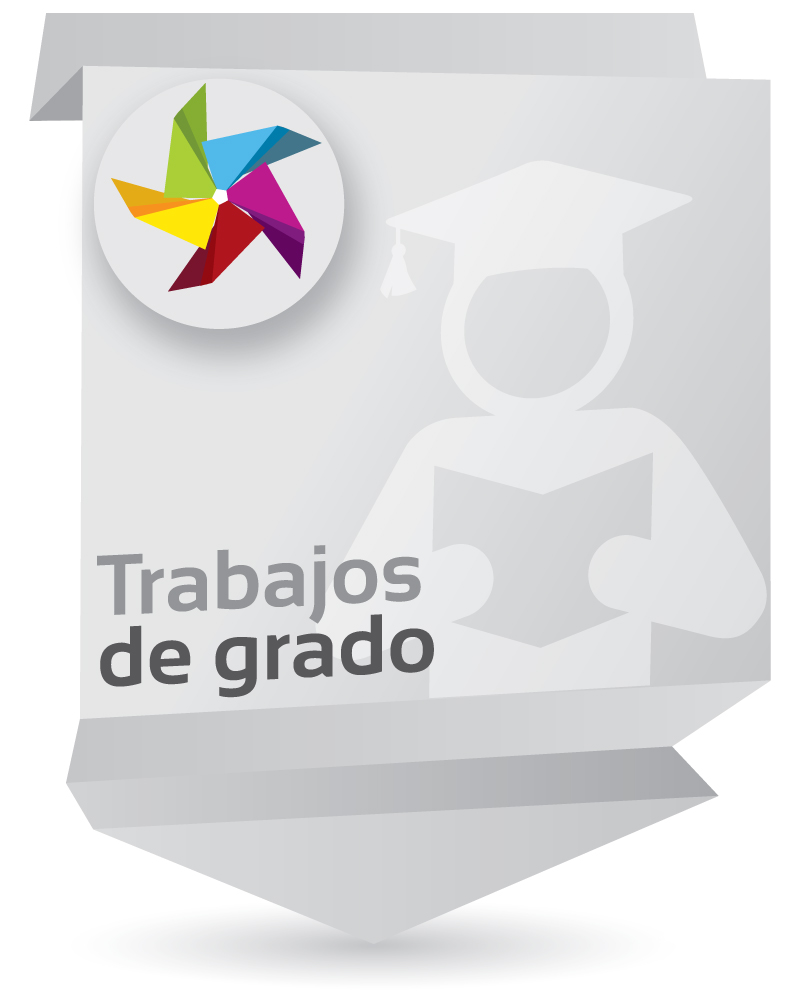Diseño de una estrategia pedagógica para la enseñanza de las neurociencias dirigida a estudiantes de ciencias de la salud de una institución de educación superior. Bogotá 2021
Enlaces del Item
URI: http://hdl.handle.net/10818/51341Compartir
Estadísticas
Ver Estadísticas de usoMétricas
Catalogación bibliográfica
Mostrar el registro completo del ítemAutor/es
Umaña Liatón, Luis EstebanAsesor/es
Zambrano Escobar, Néstor RobertoFecha
2022-03-20Resumen
La formación en anatomía para los programas de ciencias de la salud es un pilar fundamental para el aprendizaje de los conceptos básicos del funcionamiento de los organismos humanos. Históricamente la enseñanza en ciencias anatómicas tiene como estrategia para el aprendizaje las disecciones de cadáveres que a lo largo del tiempo han generado diferentes limitaciones logísticas, éticas y económicas que ponen en prueba su enseñanza generando la necesidad de una reforma académica. Por otro lado, el aumento en la cantidad de estudiantes en los programas universitarios, los constantes cambios curriculares y recientemente los aforos reducidos de los laboratorios en tiempo de pandemia crean la necesidad de generar estrategias de aprendizaje innovadoras. Training in anatomy for health science programs is a fundamental pillar for learning
the basic concepts of the functioning of organisms. Historically, corpse dissections
have been used as a strategy for the learning of this category, but over time have
generated different logistical, ethical and economic limitations that test the teaching
of the basic sciences. On the other hand, the increase in the number of students in
university programs and the constant curricular changes create the need to generate
morphology learning strategies since anatomical dissections, the number of students
per class, and the capacity of laboratories in times of pandemic (as has recently
been carried out), do not favor the total attendance of students. This research has
addressed various forms of teaching to continue and favor training from blendedness
or remotely, without losing the essence of anatomical practice that is fundamental
for the learning of neurosciences; mention will be made of virtual reality tools,
information and communication technologies (ICT).













![pdf [PDF]](/themes/unisabana//images/mimes/pdf.png) Ver documento en PDF (699.5Kb)
Ver documento en PDF (699.5Kb)




